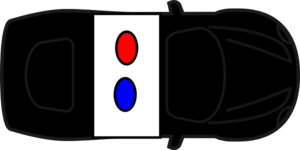
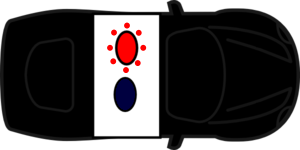

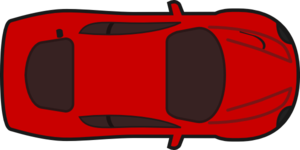
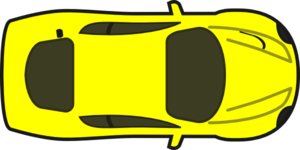
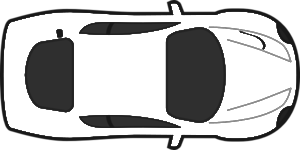

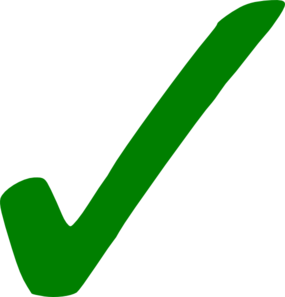
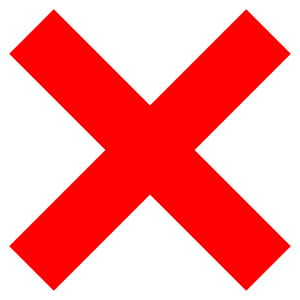











Plan Recognition by Program Execution in Continuous Temporal Domains
Cognitive Robotics Workshop 2012




















Cognitive Robotics Workshop 2012
S0
$s := S_0$, $\delta := \delta_1 \parallel \ldots \parallel \delta_n$
Loop
EndLoop
Limitations in experiment:

| reality | |||
|---|---|---|---|
| cautious | aggressive | ||
| hypothesis | cautious | 0.3 0 |
0.0 0 |
| aggressive | 0.0 0 |
0.57 | |
Future Work: